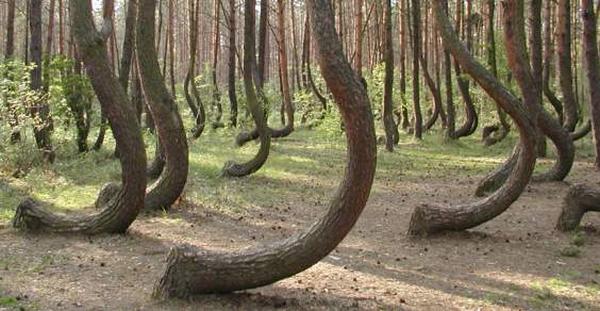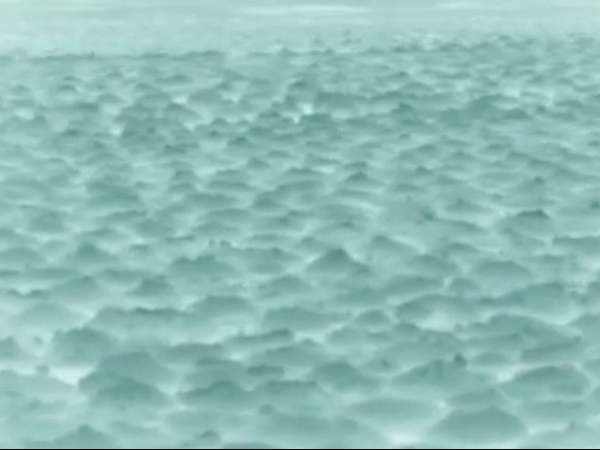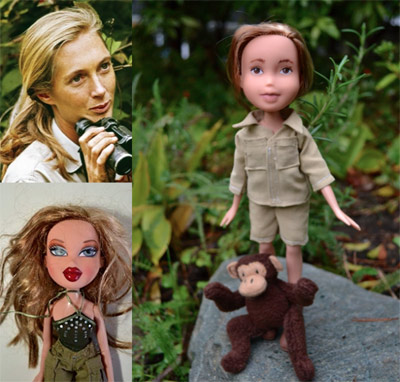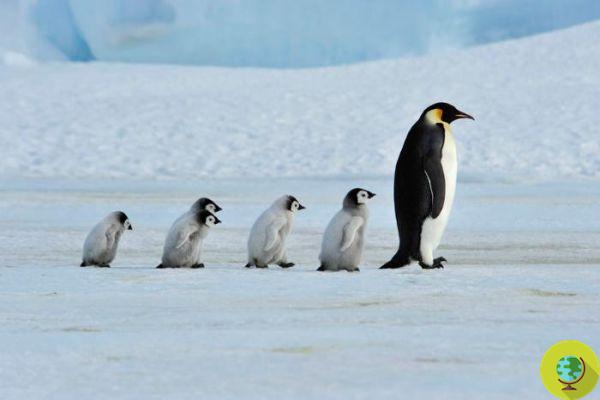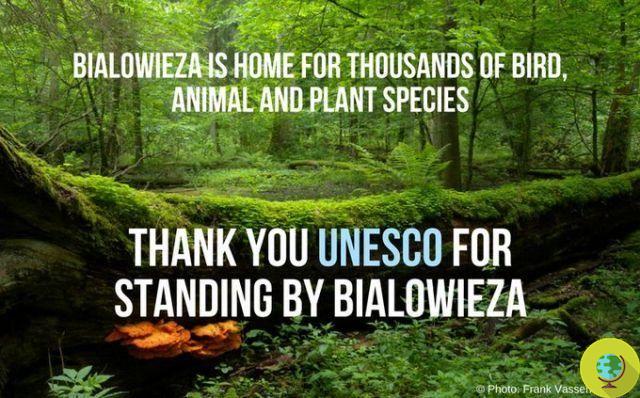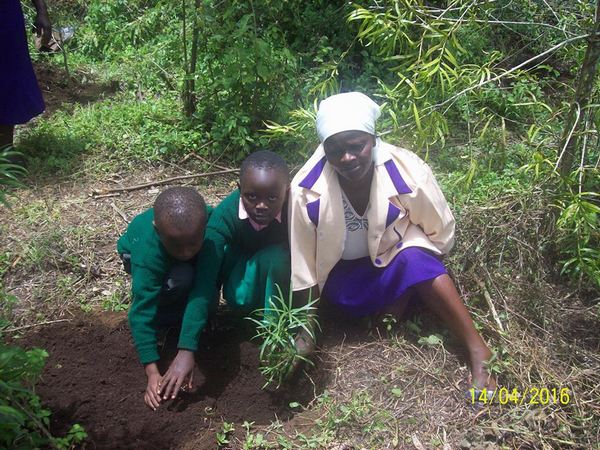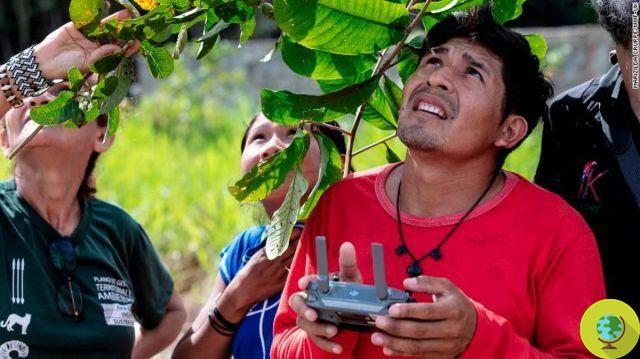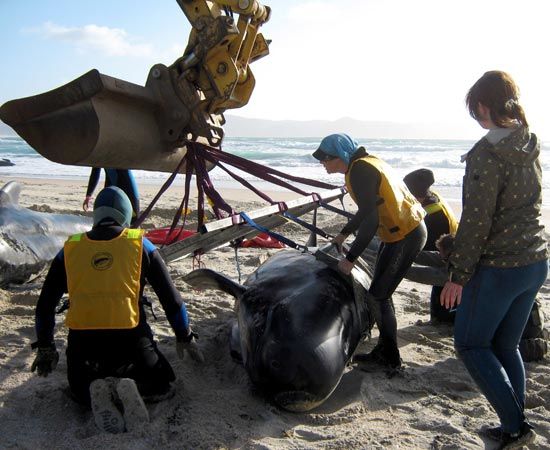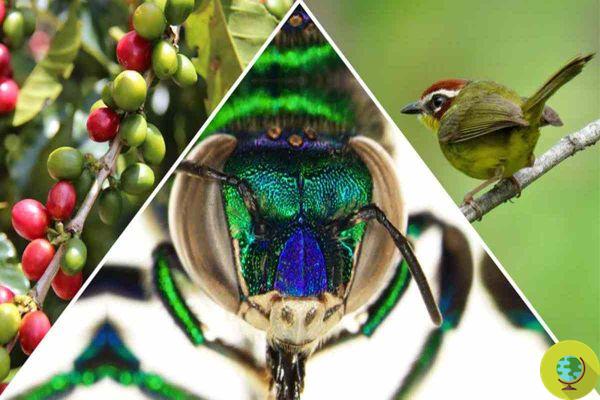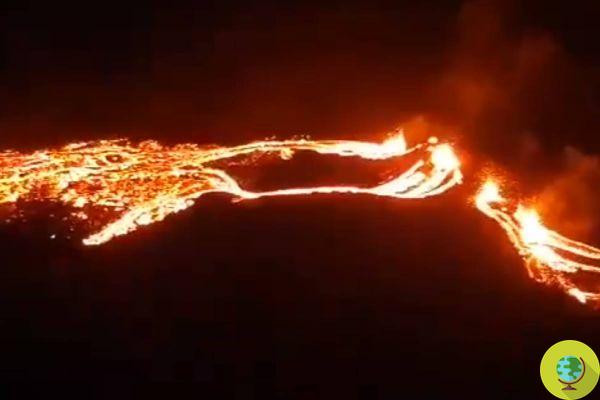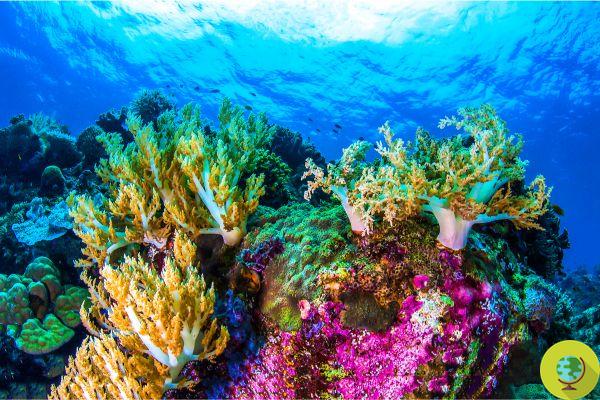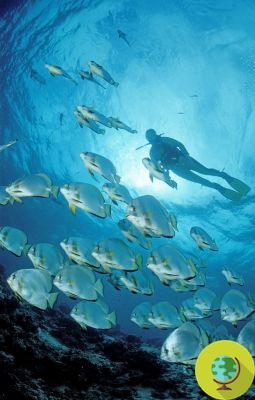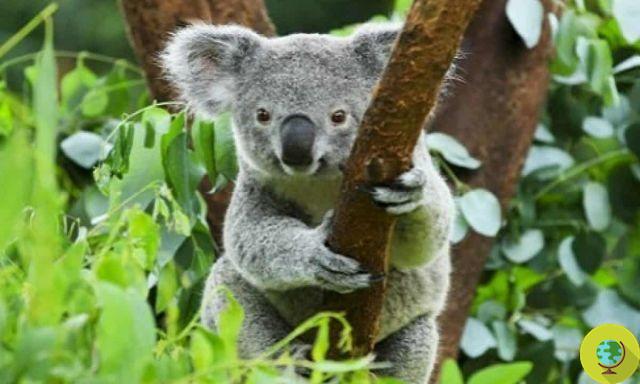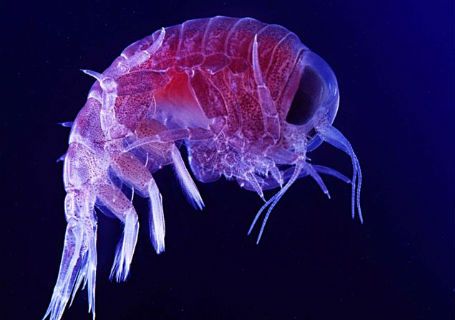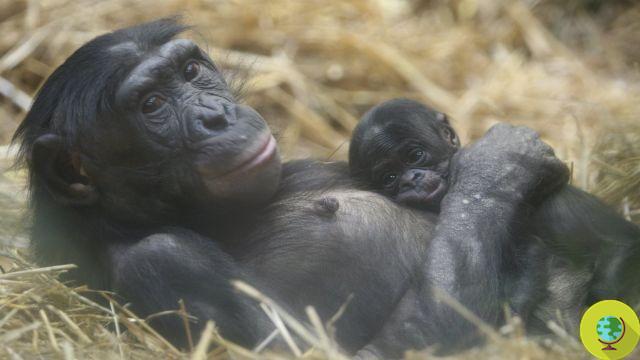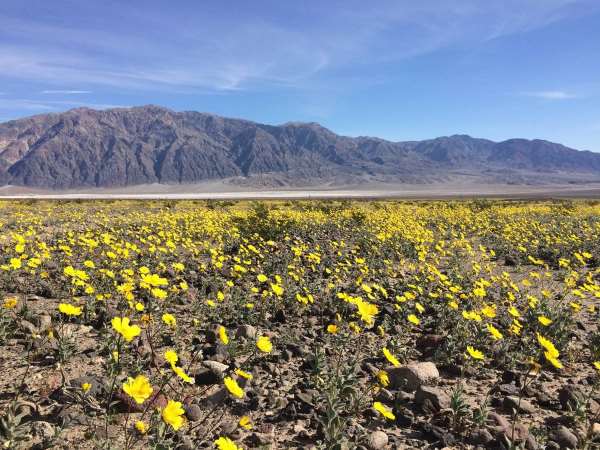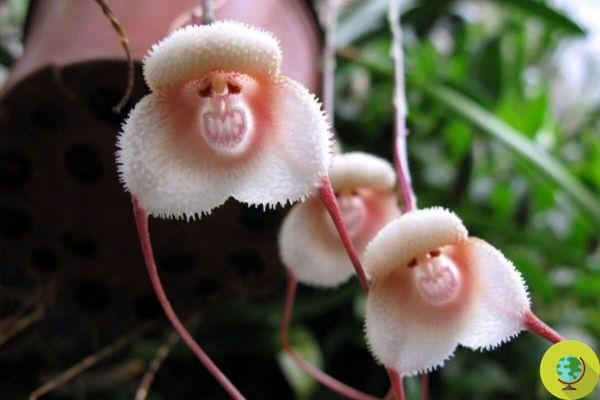The term biomimicry, which entered the dictionary only in 1974, indicates the transfer of biological processes from the natural to the artificial world: "mimicking" the mechanisms that govern nature, man can in fact find the solution to countless problems. The applications of this principle are many and fascinating. In a certain sense, it can be said that the first to apply biomimicry was Leonardo, who in his studies on flying machines took as an example the flight of birds.
He is about to end up run over, his mother saves him
Learn about nature or learn from nature. They are both engaging experiences, but a small preposition is enough to overturn the perspective and make us glimpse a different world, in which human life develops starting from the natural one and intertwined with it.
It is of this human world inspired by nature that speaks to us Janine Benyus, Chairman of the Biomimicry Institute and author of numerous books on biomimetics, in the speech he gave at TEDX a few years ago. Janine invites us to look to nature as a model, measure and mentor, thus emphasizing the link between the application of biomimicry and the sustainability of human actions.
Index
But what is biomimicry?
The term biomimicry, entered in the dictionary only in 1974, indicates the transfer of biological processes from the natural to the artificial world: "Mimicking" the mechanisms that govern nature, man can in fact find the solution to countless problems.
Le applications of this principle are many and fascinating. In a certain sense, it can be said that the first to apply biomimicry was Leonardo, who in his studies on flying machines took as an example the flight of birds.
The first real application of biomimicry was the roof of the Crystal Palace in London, built to a design by the architect and botanist Joseph Paxton in the mid-XNUMXth century and inspired by a plant belonging to the wonderful water lily family, the Amazon Victory. The building, unfortunately destroyed by a fire in the XNUMXs, was equipped with an extremely light structure, which maximized exposure to the sun thanks to the example of water lily leaves.
But there are countless other examples
Velcro

An illuminating example is undoubtedly that of Velcro, invented in 1941 by the Swiss engineer George de Mestral, inspired by the small flowers that clung firmly to his dog's coat every time he took him for a walk. Analyzing them under a microscope, de Mestral noticed that each petal had a microscopic hook at the top, capable of getting stuck practically wherever it found a natural grip. Thus it was that from the observation of this phenomenon they were born the velcro strips that we all know: simple combined nylon strips, one in furry fabric and one equipped with many small hooks that attach firmly to the buttonhole, re-proposing the "capture" mechanism observed in nature.
Eastgate Building Center in Harare

Another fascinating example is offered by a true marvel ofgreen architecture,Eastgate Building Center in Harare, in Zimbabwe. The building, which houses offices and a huge shopping center, was built by the architect Mick Pearce and - hear hear! - regardless of the climate and the place where it is located has no conventional ventilation system: in fact, in creating it, the principles of self-cooling and ventilation observed in the burrows of African termites were applied. In this way the Eastgate Center uses at least 10% less energy than a building of that size normally consumes, embodying a fascinating example of energy efficiency inspired by nature.
Geko Tape
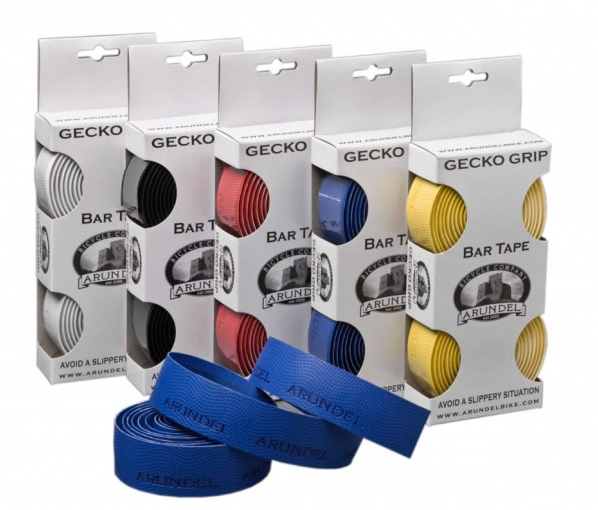
Then there is the so-called Gecko Tape, a highly adhesive material under development that would allow people and objects to move on smooth or vertical surfaces taking advantage of its grip and release capacity depending on the direction of the load. The inspiration was - as the name suggests - a cute little animal: the gecko in fact it is able to climb on any solid surface, regardless of its orientation, thanks to the myriad of microscopic hairs that cover its paws. And if even the Gecko Tape will not be used by aspiring spider-men to climb skyscrapers, there is no doubt that the applications of such a product can be extremely useful in the most diverse fields.
Lotus Effect and superhydrophobia
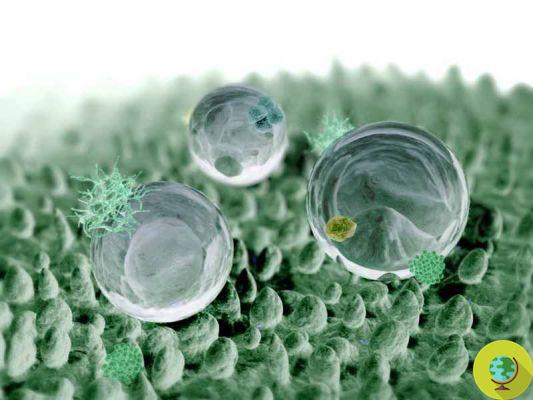
Have you ever heard of Lotus Effect? Even the lotus plant can teach us something, and that something already has a name: superhydrophobia. Lotus leaves have microscopic protrusions that make their surface similar to wax, repelling water and with it also the dirt: by rolling away, the drops of water trap the foreign particles and drag them away with them. It goes without saying that many researchers and companies are working on this property, thus aspiring to create water-repellent and self-cleaning materials.
Photosynthesis and biophotovoltaics
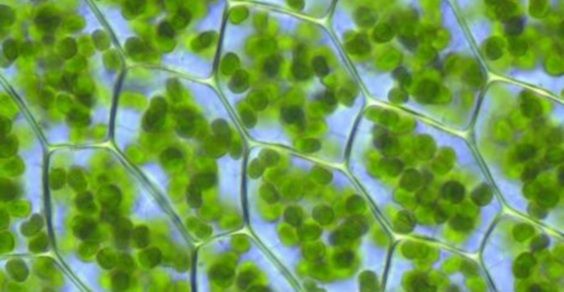
What about the photosynthesis? A phenomenon that is usually studied in school books to understand how plants transform sun, water and carbon dioxide into carbohydrates and oxygen using chlorophyll. A fascinating mechanism to say the least, whose artificial reproduction could allow you to designing objects capable of capturing solar energy and to use it by producing what we could define as "solar fuels", derived from the breakdown of water into oxygen and hydrogen. In this sense, many studies on organic solar cells are drawing inspiration from this principle.
- examples could go on indefinitely, like infinite are the lessons of Mother Nature for those who are able to listen to it. Think of how much silent wisdom enclose the green of the leaves, the little gecko, the lotus plant, the tiny termites and the burdock flowers! Every detail of that nature that we too often take for granted and pretend to know hides formulas of balance and silent teachings: it is now up to us to observe, learn, rediscover.
Quoting Albert Einstein, “everything you can imagine, nature has already invented it”.
SZ
Read also: 5 things plants do better than us




